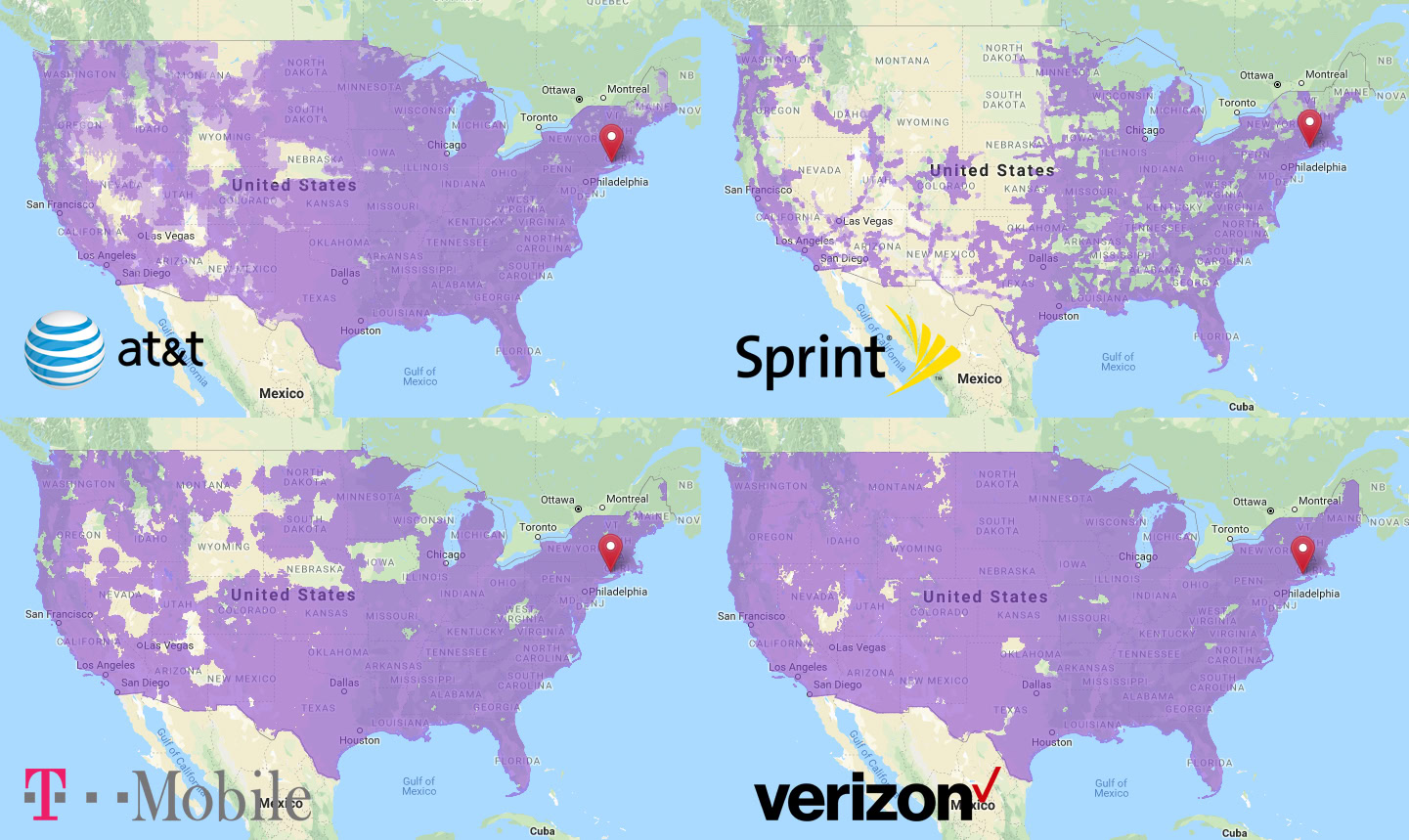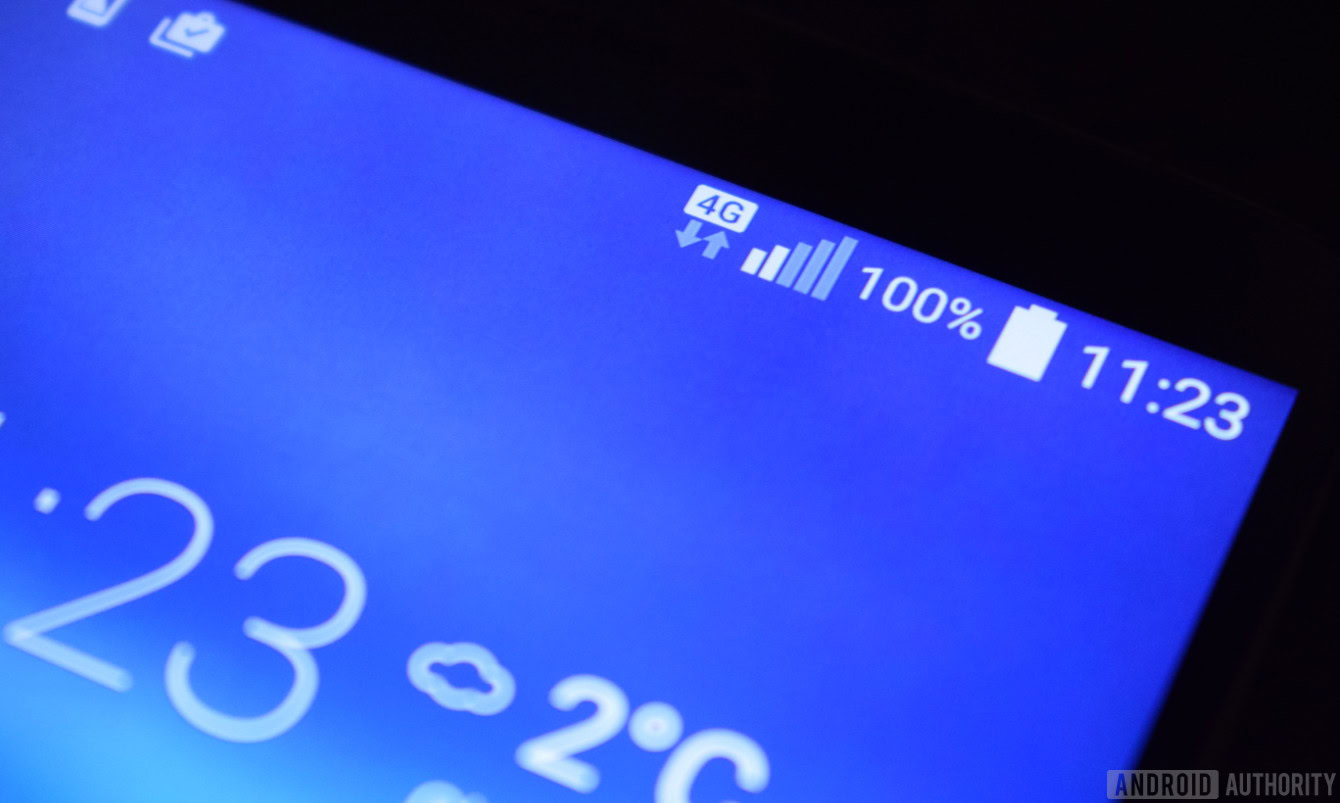Affiliate links on Android Authority may earn us a commission. Learn more.
FCC paying billions for 10 Mbps LTE in rural U.S. areas
Published onFebruary 23, 2018

- Certain areas of the United States get little or no coverage from either of the four major carriers.
- The FCC is paying the carriers $4.5 billion over the next ten years to get 10/1 Mbps LTE speeds to those neglected spots.
- The 10/1 Mbps speed is what the FCC decided is the national median, which counters T-Mobile’s offer of 5/1 Mbps.
As part of its Mobility Fund Phase II auction, the FCC has agreed to pay out over $4.5 billion over a ten-year period to the four major U.S. wireless carriers. The intention is for AT&T, Verizon, Sprint, and T-Mobile, to use the cash to expand their wireless service in rural areas of the United States that currently get spotty service, or sometimes no service at all.
If you look at a map of the coverage offered by the major carriers, there are certain places that all four companies just don’t cover. As it stands now, people who live in specific areas of Montana, Wyoming, Nevada, and Washington, have zero coverage. Granted, these areas are sparsely populated, so carriers haven’t been too keen on spending the money to expand their services to those locations. Look at the maps above for a clearer idea.
The FCC had this to say about its hopes for those neglected areas:
“The Commission seeks to ensure that the performance of broadband service in rural and high-cost areas is reasonably comparable to that in urban areas, and the Commission’s own analysis at the time the MF-II Report & Order was adopted indicated that customers of nationwide carriers were receiving data at median speeds of around 10/1 Mbps or faster.”

The median speed of 10 Mbps download and 1 Mbps upload is at odds with T-Mobile’s suggestion that the goal speed for these “high-cost areas” be 5 Mbps download and 1 Mbps upload. In fact, the FCC statement calls T-Mobile out directly:
“We are not persuaded that the minimum baseline performance requirement for median data speeds should be reduced to 5/1 Mbps, as T-Mobile urges.”
Ouch. It seems like T-Mobile was pushing hard to give these neglected areas some bare-minimum service and the FCC wasn’t having it.
Even though these rural areas of the United States are sparsely populated, the FCC estimates that 3 million Americans have spotty or no LTE coverage, and Mobility Fund Phase II aims to change that.
It’s good that the FCC is giving the carriers a specific benchmark minimum they have to meet in exchange for the billions of dollars they are about to receive. However, it will all be for naught if the rural residents can’t afford the service because there are no net neutrality regulations to prevent the companies charging them exorbitant fees.